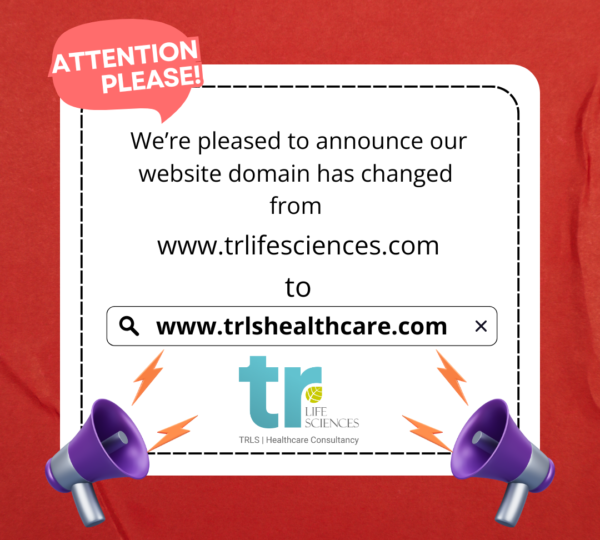
“Changing Paradigms-From Quantity to Quality- The Power of Value Based Model in Healthcare”
The value-based model in healthcare is a new and exciting way of providing patient-centred care that focuses on improving patient outcomes while managing costs. Unlike the old fee-for-service model, where healthcare providers were paid based on the number of services they provided, the value-based model concentrates on delivering high-quality care that meets each patient’s specific needs.
Here are the five key components of the value-based model:
- Patient Outcomes: The main goal of the value-based model is to shift the focus from quantity to quality. Healthcare providers are encouraged to achieve better patient outcomes, ensuring that individuals experience improved health and well-being. Important measures, such as reduced hospital readmissions, lower infection rates, and increased patient satisfaction, are used to assess the success of this approach. By prioritizing outcomes, healthcare providers work in the best interests of patients and create more effective and personalized treatment plans.
- Population Health Management: The value-based model looks beyond individual patient encounters and considers the overall health of entire populations. Providers take a proactive approach to manage population health, identifying patients at risk and intervening early to prevent the progression of diseases and complications. By using data analytics and electronic health records, healthcare organizations gain insights into the health needs of their patient populations, enabling customized interventions. This proactive strategy improves patient health and reduces the burden on the healthcare system.
- Care Coordination and Integration: Seamless coordination and integration among various healthcare providers and settings are crucial in the value-based model. This involves close collaboration between primary care physicians, specialists, hospitals, home care agencies, and other stakeholders to ensure comprehensive and continuous care for patients. Improved communication and information sharing facilitate smooth transitions of care, reducing the risk of medical errors and enhancing patient experiences.
- Alternative Payment Models: The value-based model introduces alternative payment models that encourage efficient and effective care, unlike the traditional fee-for-service approach that might lead to overutilization of services. Some common alternative payment models include:
Pay-for-Performance (P4P): Providers receive financial incentives for meeting specific quality and outcome benchmarks.
Bundled Payments: Reimbursement is provided as a single payment for all services related to a particular episode of care, encouraging cost-effective care delivery.
- Patient Engagement and Shared Decision-Making: The value-based model emphasizes the importance of involving patients in their healthcare journey actively. Healthcare providers educate patients about their conditions and treatment options, promoting shared decision-making between patients and themselves. Engaging patients in their care enhances treatment adherence and leads to improved health outcomes. Furthermore, patient feedback is valued, enabling providers to continuously enhance the care they deliver.
Conclusion
The value-based model in healthcare is a groundbreaking approach that focuses on improving patient outcomes while controlling costs. It centres on patient well-being, proactive population health management, coordinated care, innovative payment models, and active patient engagement. By embracing this model, healthcare providers can offer more effective and personalized care that ultimately benefits both patients and the healthcare system.
Top of Form
Bottom of Form




